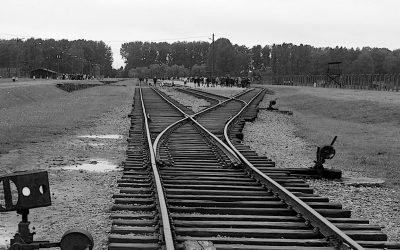On a grey day in July the blanket of cloud seemed somehow appropriate for our visit to Birkenau and Auschwitz. What is it...

World War 2 memorials
World War 2 memorials
Visiting Poland in a Motorhome
Poland, we had you in our sights the minute we crossed The Channel on 23 May 2018. You were our destination for a tour that would take us...
Follow us
You can find us on social media,
different channels for different content.


